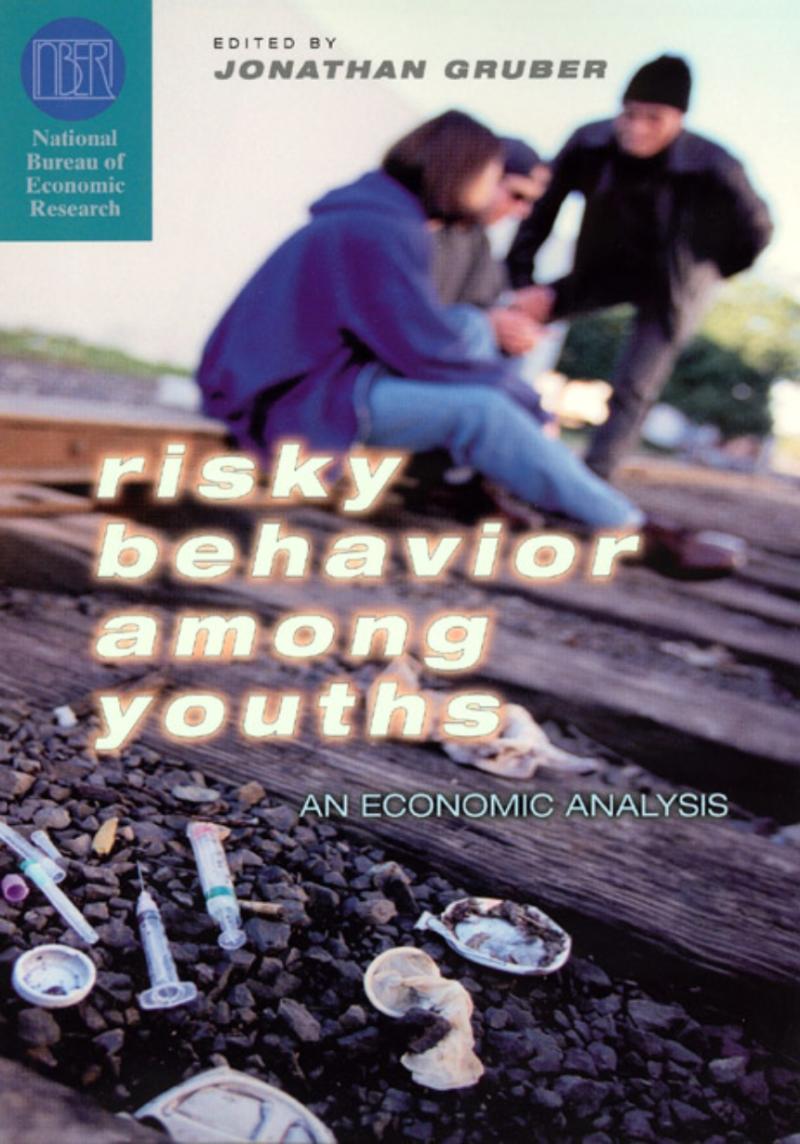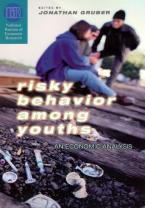What are the riskiest behaviors among adolescents?
Adolescence is a period of growth and development, and it's common for young individuals to engage in risky behaviors as they explore their identities and test boundaries. Some of the riskiest behaviors among adolescents include:
Substance Abuse: Experimentation with drugs and alcohol is a significant risk among adolescents. This can lead to addiction, impaired judgment, health issues, and accidents.
Reckless Driving: Inexperience, overconfidence, and peer pressure can lead to reckless driving, speeding, and driving under the influence of alcohol or drugs, which can result in accidents and fatalities.
Unprotected Sexual Activity: Adolescents may engage in sexual activity without using protection, increasing the risk of unplanned pregnancies and sexually transmitted infections (STIs).
Self-Harm: Some adolescents may engage in self-harming behaviors like cutting or burning themselves as a coping mechanism for emotional pain or stress.
Bullying and Cyberbullying: Bullying, both in person and online, can have serious consequences for both the victim and the perpetrator, leading to emotional distress and, in some cases, even suicide.
Teen Dating Violence: Some adolescents may engage in abusive relationships characterized by emotional, physical, or psychological violence, which can have long-lasting negative effects.
Tobacco and Vaping: Smoking and vaping are common risky behaviors among adolescents, which can lead to nicotine addiction and various health problems.
Dietary Risks: Eating disorders, excessive dieting, or unhealthy dietary habits can be risky for physical and mental health, leading to issues like anorexia or bulimia.
Unsafe Online Behavior: Adolescents may engage in risky online behaviors, such as sharing personal information with strangers, sexting, or accessing inappropriate or harmful content.
Suicidal Ideation and Attempts: Some adolescents may experience suicidal thoughts or attempt suicide due to factors like depression, anxiety, or bullying.
Gang Involvement: Adolescents may join gangs, which can expose them to violence, criminal activities, and legal consequences.
Risky Sexual Behavior: Engaging in multiple sexual partners or not using protection during sexual activity increases the risk of unintended pregnancies and STIs.
It's important to note that these behaviors are not universal among all adolescents, and many young individuals make healthy choices. However, addressing and preventing these risky behaviors is crucial to ensuring the well-being of adolescents. Here are some strategies to address and mitigate risky behaviors:
Education: Comprehensive education about the consequences of risky behaviors is vital. Schools and parents can play a significant role in providing information and guidance.
Open Communication: Encourage open and non-judgmental communication between parents, caregivers, and adolescents. Create an environment where adolescents feel safe discussing their concerns and seeking advice.
Peer Support Programs: Implement peer mentoring and support programs that promote positive peer influence and provide guidance on avoiding risky behaviors.
Mental Health Support: Offer access to mental health resources and support services for adolescents dealing with stress, anxiety, depression, or other emotional challenges.
Community Involvement: Engage community organizations and resources to provide constructive activities and opportunities for adolescents.
Legislation and Regulation: Enforce laws and regulations related to alcohol and tobacco sales, curfews, and other activities that could lead to risky behaviors.
Prevention Programs: Implement evidence-based prevention programs in schools and communities that focus on various risk behaviors, including substance abuse, bullying, and sexual health.
Support and Counseling: Offer counseling and support for adolescents who engage in risky behaviors to help them understand the consequences and develop healthier coping strategies.
Understanding and addressing risky behaviors among adolescents is essential to promoting their health, safety, and overall well-being. A multi-faceted approach involving parents, schools, communities, and healthcare professionals is crucial in preventing and mitigating these risks.
Risky Behaviors Among Adolescents: Identifying the Most Common
Adolescence is a time of significant change and exploration. As teenagers experiment with independence, explore boundaries, and seek new experiences, they may engage in risky behaviors. While some risk-taking is a normal part of development, certain behaviors can have serious consequences for their physical, emotional, and social well-being.
Common Risky Behaviors Among Adolescents
- Substance abuse: Experimentation with alcohol, tobacco, and other drugs is a prevalent concern among adolescents. Substance abuse can lead to addiction, impaired brain development, health problems, and risky behaviors.
- Unprotected sexual activity: Engaging in sexual activity without proper protection can result in unintended pregnancies, sexually transmitted infections (STIs), and emotional distress.
- Dangerous driving: Reckless driving, speeding, and driving under the influence of alcohol or drugs are significant risk factors for accidents, injuries, and fatalities among adolescents.
- Violence and aggression: Teenagers may engage in physical or verbal violence, bullying, or cyberbullying, which can lead to physical harm, emotional trauma, and legal consequences.
- Criminal activity: Involvement in illegal activities like theft, vandalism, or gang membership can have serious legal consequences, disrupt education, and limit future opportunities.
- Eating disorders: Adolescents may develop unhealthy eating habits or engage in extreme weight-loss or weight-gain behaviors, leading to physical and psychological health issues.
Identifying Risky Behaviors
Parents, educators, and healthcare providers play a crucial role in identifying and addressing risky behaviors among adolescents. Signs that a teenager may be engaging in risky behaviors include:
- Changes in mood, behavior, or academic performance
- Secretiveness or withdrawal from family and friends
- Unexplained injuries, bruises, or damaged belongings
- Frequent absences from school or unexplained absences from home
- Possession of alcohol, drugs, or weapons
- Changes in sleep patterns or appetite
Understanding and Addressing Risky Behaviors
Understanding the underlying reasons behind adolescent risk-taking is essential for effective intervention. Factors that contribute to risky behaviors include:
- Peer pressure: Adolescents are highly influenced by their peers and may engage in risky behaviors to fit in or gain approval.
- Emotional distress: Teenagers may turn to risky behaviors as a coping mechanism for stress, anxiety, depression, or other emotional challenges.
- Lack of knowledge: Adolescents may lack accurate information about the risks and consequences of certain behaviors.
- Impulsivity: Adolescents' brains are still developing, and they may not fully consider the long-term consequences of their actions.
Addressing risky behaviors involves a multifaceted approach, including:
- Open communication: Parents and caregivers should maintain open and supportive communication with their teenagers, creating a safe space for them to express their thoughts and feelings.
- Education and awareness: Providing accurate information about the risks and consequences of risky behaviors can help adolescents make informed decisions.
- Skill-building: Adolescents can benefit from learning healthy coping mechanisms for stress, anger, and other emotions, reducing their reliance on risky behaviors.
- Positive role models: Surrounding teenagers with positive role models and encouraging involvement in constructive activities can promote healthy choices and reduce the likelihood of risk-taking.
- Professional help: If risky behaviors persist or pose significant risks, seeking professional help from a therapist, counselor, or other mental health professional can provide the necessary support and guidance.
Conclusion
Adolescence is a time of significant change and exploration. By understanding the factors that contribute to risky behaviors and implementing effective intervention strategies, we can empower adolescents to make healthy choices and navigate this crucial developmental stage successfully.


